Experimental design is zero-exchange biofloc system
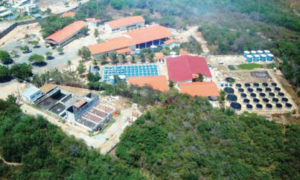
Some studies have reported that microbial flocs can serve as a rich nutrient source for marine shrimp farmed under zero-water-exchange conditions. But to what extent does this endogenous contribution allow reductions in the nutrient content of formulated diets?
The authors set up a study to evaluate how limiting essential amino acids (EAAs) and long-chain polyunsaturated fatty acids (LC-PUFAs) in a diet would affect the growth performance of juvenile Pacific white shrimp (Litopenaeus vannamei) raised in the presence of bioflocs in a zero-water-exchange system. The work was conducted at the aquaculture facilities of Instituto de Ciências do Mar (LABOMAR), located in northeastern Brazil. The study was financed by FINEP, the Brazilian Ministry of Science and Technology.
Experimental design
A total of 48, 1-m3 outdoor tanks were used in the study. Twelve diets with 12.0, 8.0, 4.0 or no fishmeal combined with 32.4, 37.7, 42.9 and 48.2 percent soybean meal, respectively, were designed to contain 2.0 percent, 1.0 percent or no fish oil. The diets were lab-extruded and formulated to contain 30 percent crude protein and 8 percent fat (Table 1).
Nunes, Composition of experimental diets, Table 1
| Ingredient | Salmon Oil (% of diet) | Salmon By-Product Meal (% of diet) 12% | Salmon By-Product Meal (% of diet) 8% | Salmon By-Product Meal (% of diet) 4% | Salmon By-Product Meal (% of diet) 0% |
|---|
Ingredient | Salmon Oil (% of diet) | Salmon By-Product Meal (% of diet) 12% | Salmon By-Product Meal (% of diet) 8% | Salmon By-Product Meal (% of diet) 4% | Salmon By-Product Meal (% of diet) 0% |
|---|---|---|---|---|---|
| Soybean meal | 2.0 | 32.4 | 37.7 | 42.9 | 48.2 |
| Soybean meal | 1.0 | 32.4 | 37.7 | 42.9 | 48.2 |
| Soybean meal | 0 | 32.4 | 37.7 | 42.9 | 48.2 |
| Soybean oil | 2.0 | 1.3 | 1.6 | 1.8 | 2.1 |
| Soybean oil | 1.0 | 2.3 | 2.6 | 2.8 | 3.1 |
| Soybean oil | 0 | 3.3 | 3.6 | 3.8 | 4.1 |
| Kaolin | 2.0 | 6.3 | 4.8 | 3.3 | 1.7 |
| Kaolin | 1.0 | 6.3 | 4.8 | 3.3 | 1.7 |
| Kaolin | 0 | 6.3 | 4.8 | 3.3 | 1.7 |
| Others* | 2.0 | 46.0 | 46.0 | 46.0 | 46.0 |
| Others* | 1.0 | 46.0 | 46.0 | 46.0 | 46.0 |
| Others* | 0 | 46.0 | 46.0 | 46.0 | 46.0 |
Table 1. Composition of experimental diets.
As fishmeal levels were reduced, no attempt was made to supplement diets with synthetic amino acids or to fortify them with feeding attractants. Since fishmeal was replaced by soybean meal and as inclusion of fish oil was reduced, dietary fat was balanced by adding soybean oil. Four replicate tanks per diet type were stocked at under 128 shrimp/m3 with juvenile shrimp of 3.04 ± 0.43 g body weight. Raised for 10 weeks, the shrimp were fed daily by hand broadcasting at 7:30 a.m., 11:00 a.m. and 3:30 p.m.
Results
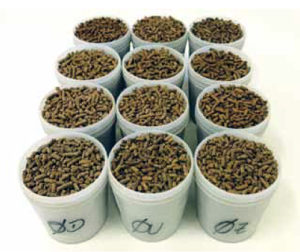
Biofloc volume increased from a mean of 8 mL/L in the first week to 54 mL/L in the last week of shrimp culture. Mean water salinity, pH, temperature and dissolved oxygen reached 32 ± 0.03 g/L, 8.29 ± 0.31, 31.3 ± 1.04 degrees-C and 4.6 ± 0.01 mg/L, respectively. Total ammonia nitrogen, nitrite, nitrate and total alkalinity reached averages of 0.58 ± 0.04 mg/L, 0.38 ± 0.03 mg/L, 2.31 ± 0.11 mg/L and 156 ± 2.6 mg/L calcium carbonate, respectively.
At harvest, no statistical difference (P > 0.05) among dietary treatments was observed in final shrimp survival (74.8 ± 6.4 percent), yield (1,339 ± 183 g/m3), feed-conversion ratio (2.01 ± 0.32) and feed intake (20.6 ± 0.2 g/stocked shrimp). However, shrimp weekly growth and final body weight did differ statistically (P < 0.05) among feed treatments.
In general, shrimp body weight and weekly growth increased as fishmeal content increased in the diets. For diets containing 4 percent fishmeal, final shrimp weight increased progressively in response to the dietary levels of fish oil. Comparatively, in the diets with no or 8 percent fishmeal, final body weights were higher in the treatments with 1 or 2 percent fish oil compared to the ones without. At 12 percent fishmeal, shrimp growth was only improved when 2 percent fish oil was used.
Despite the presence of bioflocs in the rearing system, results indicated the nutrient compositions of the diets had a significant effect on the growth performance of juvenile white shrimp farmed under zero-water-exchange conditions.
Perspectives
In this study, microbial flocs provided some level of nutrient contribution to reared shrimp. Otherwise, it would not have been possible to achieve shrimp growth and survivability with diets deficient in EAAs and LC-PUFAs. In addition, the test diets were low in crude protein relative to the stocking density adopted.
Higher dietary levels of fishmeal and fish oil enhanced shrimp growth and final body weight, indicating that higher EAA and LC-PUFA content may be desired in zero-water-exchange systems for L. vannamei.
Nunes, Mean final body weight, Table 2
| Fishmeal (% of diet) | Fish Oil (% of diet) 0% | Fish Oil (% of diet) 1% | Fish Oil (% of diet) 2% |
|---|
Fishmeal (% of diet) | Fish Oil (% of diet) 0% | Fish Oil (% of diet) 1% | Fish Oil (% of diet) 2% |
|---|---|---|---|
| 0 | 13.19 ± 0.10aA | 13.72 ± 0.08bA | 13.66 ± 0.08bA |
| 4 | 12.82 ± 0.08aB | 13.71 ± 0.09bA | 14.37 ± 0.09cB |
| 8 | 13.82 ± 0.09aC | 14.37 ± 0.09bB | 14.36 ± 0.10bB |
| 12 | 14.47 ± 0.09aD | 14.51 ± 0.09aB | 14.84 ± 0.09bC |
(Editor’s Note: This article was originally published in the March/April 2013 print edition of the Global Aquaculture Advocate.)
Now that you've reached the end of the article ...
… please consider supporting GSA’s mission to advance responsible seafood practices through education, advocacy and third-party assurances. The Advocate aims to document the evolution of responsible seafood practices and share the expansive knowledge of our vast network of contributors.
By becoming a Global Seafood Alliance member, you’re ensuring that all of the pre-competitive work we do through member benefits, resources and events can continue. Individual membership costs just $50 a year.
Not a GSA member? Join us.
Authors
-
Alberto J.P. Nunes, Ph.D.
Instituto de Ciências do Mar
Universidade Federal do Ceará
Avenida da Abolição, 3207 – Meireles
Fortaleza, Ceará 60.165-081 Brazil -
Leandro Fonseca Castro, M.S.
Instituto de Ciências do Mar
Universidade Federal do Ceará
Avenida da Abolição, 3207 – Meireles
Fortaleza, Ceará 60.165-081 Brazil
Tagged With
Related Posts

Aquafeeds
A look at protease enzymes in crustacean nutrition
Food digestion involves digestive enzymes to break down polymeric macromolecules and facilitate nutrient absorption. Enzyme supplementation in aquafeeds is a major alternative to improve feed quality and nutrient digestibility, gut health, compensate digestive enzymes when needed, and may also improve immune responses.
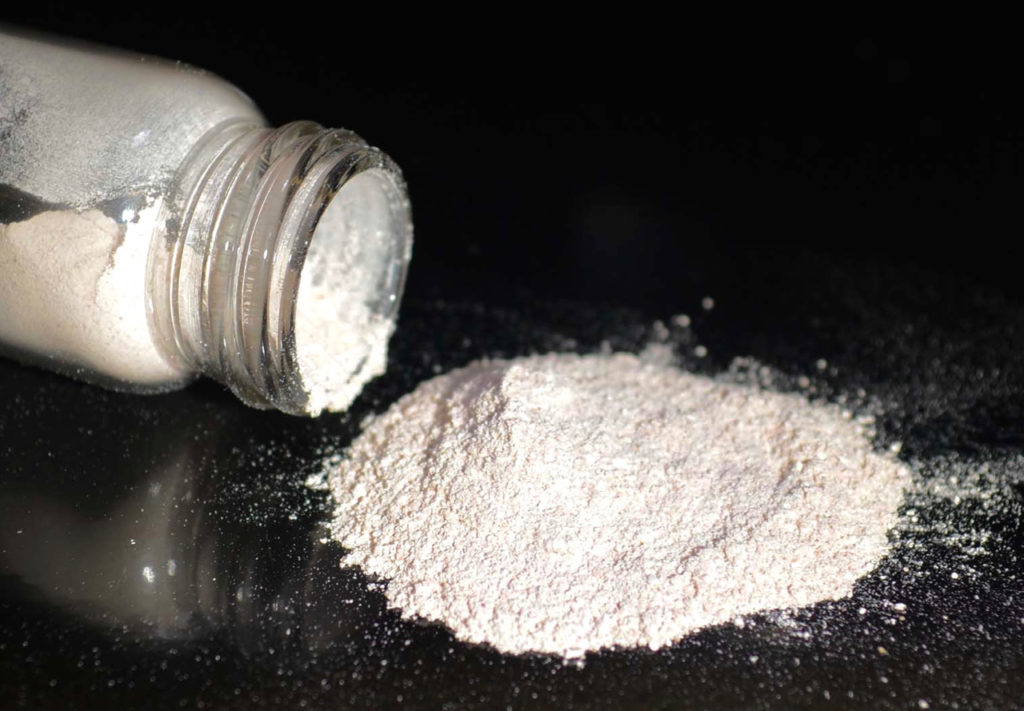
Aquafeeds
A new nutrient for aquaculture, from microbes that consume carbon waste
Biotechnology firm NovoNutrients aims to produce a line of nutraceutical aquafeed additives as well as a bulk feed ingredient that can supplement fishmeal. Its process includes feeding carbon dioxide from industrial gas to a “microbial consortium” starring hydrogen-oxidizing bacteria.
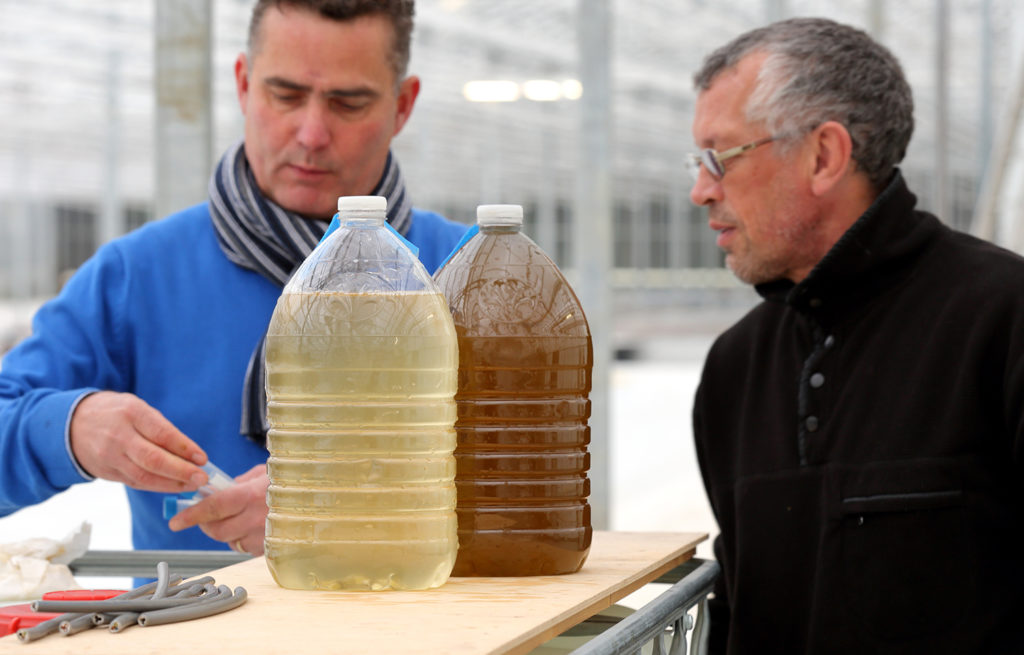
Innovation & Investment
Algae innovators aim to freeze out early-stage shrimp losses
A greenhouse in Belgium believes its innovative shrimp feed product, made from freeze-dried microalgae, packs the necessary nutrients for the crustacean’s most vulnerable life stage: the first three days of its life.
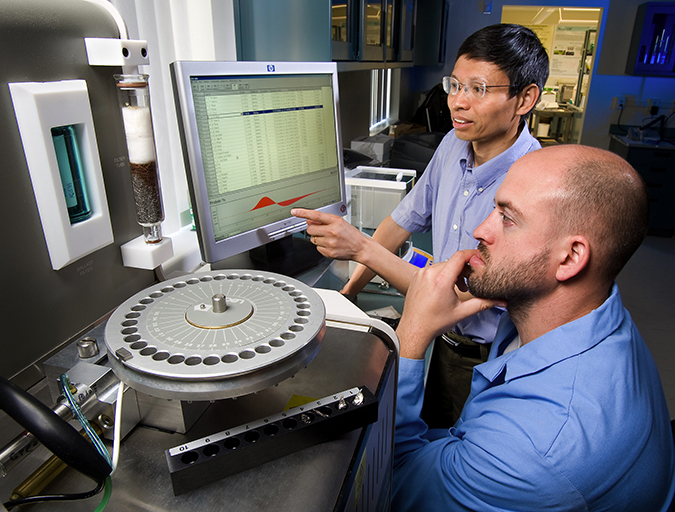
Aquafeeds
Alternative feed ingredient universe to convene at F3 meeting
What started out as a simple yet ambitious contest to drive innovation in the aquafeed sector has evolved into a fully global competition – and collaboration – amongst ingredient suppliers and feed manufacturers.



